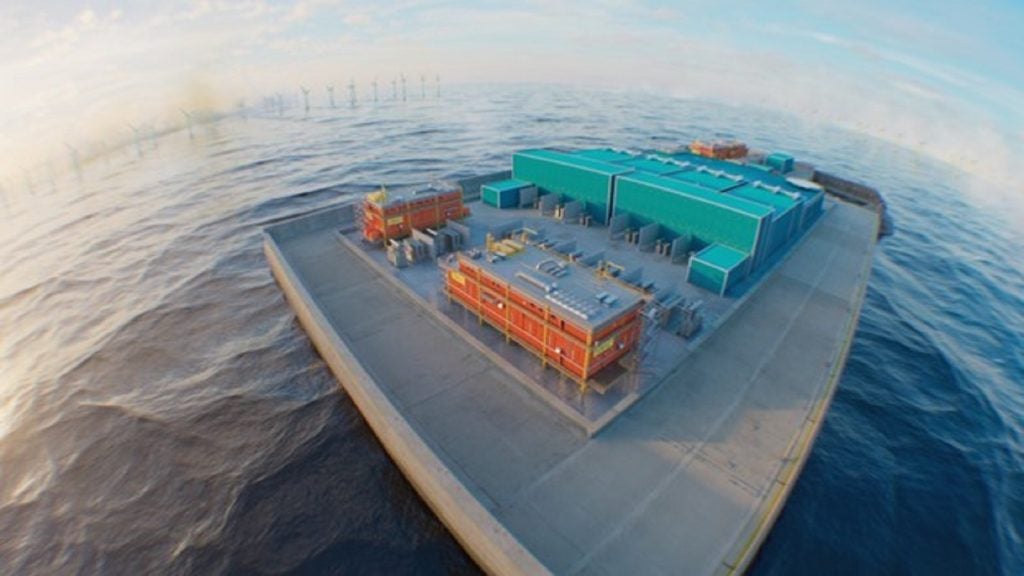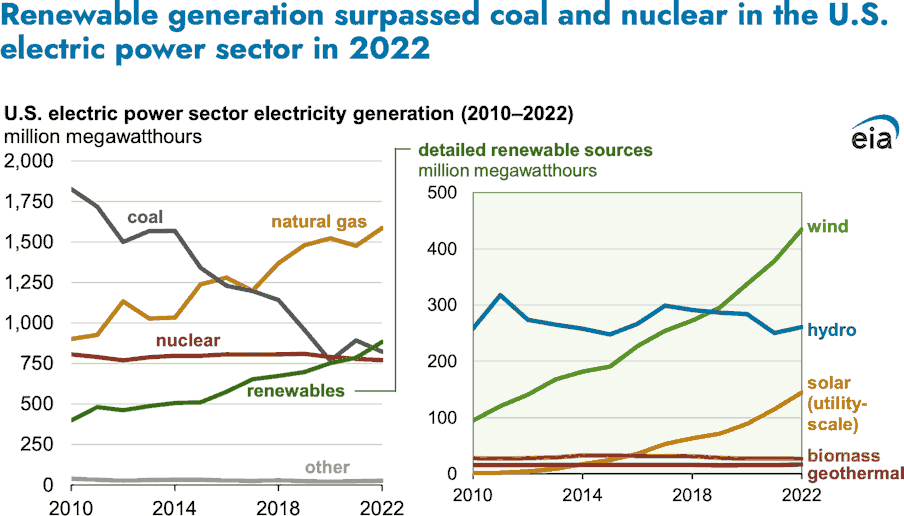Environment & Energy
Related: About this forumWorld's First Ever Artificial Energy Island Set To Power Up To 3 Million Belgian Homes
World's First Ever Artificial Energy Island Set To Power Up To 3 Million Belgian Homes
It's in its initial stages of construction after a cash injection from the EU.
Dr. Katie Spalding
Freelance Writer
Edited
by
Laura Simmons

Artist's impression showing a concrete rectangular island in the middle of the sea with faintly visible wind turbines in the background. The island has several structures on it in orange and teal.
An artist's impression of how the finished island might look.
Image courtesy of Elia Group
You know, they say that complicated problems require creative solutions, but inventing a never-before-seen type of island and then building it off the coast of Belgium is definitely a new one to us.
Nevertheless, that’s precisely what’s happening: the European Investment Bank (EIB) has approved a €650 million (around US$705 million) loan for the construction of Princess Elisabeth Island – a landmass set to be the world’s first ever artificial “energy island”.
It’s a project being run by Belgium’s high-voltage grid operator Elia Transmission Belgium. Once complete, the company projects an output of 3.5 gigawatts of energy to help power the small European country – enough to power more than 3 million households, notes a statement from Elia.
Rather than generating power, like the huge offshore wind farms that populate the seas nearby, Princess Elisabeth Island will act more like a central hub for energy: “The high-voltage infrastructure installed on the island will bundle together the export cables of the Princess Elisabeth Zone wind farms,” the statement from Elia explains.
More:
https://www.iflscience.com/worlds-first-ever-artificial-energy-island-set-to-power-up-to-3-million-belgian-homes-76591
NNadir
(34,871 posts)...that the unit of energy is the Watt, rather than the Joule.
The result of this expensive and wasteful exercise in reactionary wishful thinking will be more of the same, the increased reliance on fossil fuels resulting in the extreme global heating in which we now are living accelerating.
OKIsItJustMe
(21,030 posts)In this section, we discuss renewables displacing fossil fuels in the electric power sector.
Renewables displace fossil fuels in the electric power sector due to declining renewable technology costs and rising subsidies for renewable power
Economic growth paired with increasing electrification in end-use sectors results in stable growth in U.S. electric power demand through 2050 in all cases. Declining capital costs for solar panels, wind turbines, and battery storage, as well as government subsidies such as those included in the IRA, result in renewables becoming increasingly cost effective compared with the alternatives when building new power capacity.
Renewables are increasingly meeting power demand throughout the projection period (Figure 2). Natural gas, coal, and nuclear generation shares decline. Renewable power outcompetes nuclear power, even in the Low Zero-Carbon Technology Cost (ZTC) case, which evaluates the impact of more aggressive cost declines for nuclear and renewables than the Reference case. Most natural gas-fired generation comes from combined-cycled power plants as opposed to simple-cycle combustion turbines. Uncertainty in natural gas prices across cases leads to various projections for combined-cycle units in the short term, but in the long term, natural gas demand from the electric power sector stabilizes across all cases.

Data source: U.S. Energy Information Administration, Annual Energy Outlook 2023 (AE02023)
Note: Shaded regions represent maximum and minimum values for each projection year across the AEO2023 Reference case and side cases. Ref=Reference case.
In order to meet increasing demand for electric power throughout the projection, total installed power capacity close to doubles across most cases, even in the Low Economic Growth case (Figure 3). Cases with a higher share of renewables in the generation mix have higher total grid capacity due to the inherently lower capacity factors of solar and wind compared with coal, nuclear, and combined-cycle plants.

Data source: U.S. Energy Information Administration, Annual Energy Outlook 2023 (AE02023)
Note: ZTC=Zero-Carbon Technology Cost; other-geothermal, biomass, municipal waste, fuel cells, hydroelectric, pumped hydro storage.
…
https://www.eia.gov/todayinenergy/detail.php?id=55960
Renewable generation surpassed coal and nuclear in the U.S. electric power sector in 2022

Data source: U.S. Energy Information Administration, Electricity Data Browser
Last year, the U.S. electric power sector produced 4,090 million megawatthours (MWh) of electric power. In 2022, generation from renewable sources—wind, solar, hydro, biomass, and geothermal—surpassed coal-fired generation in the electric power sector for the first time. Renewable generation surpassed nuclear generation for the first time in 2021 and continued to provide more electricity than nuclear generation last year.
Natural gas remained the largest source of U.S. electricity generation, increasing from a 37% share of U.S. generation in 2021 to 39% in 2022. The share of coal-fired generation decreased from 23% in 2021 to 20% in 2022 as a number of coal-fired power plants retired and the remaining plants were used less. The share of nuclear generation decreased from 20% in 2021 to 19% in 2022, following the Palisades nuclear power plant’s retirement in May 2022. The combined wind and solar share of total generation increased from 12% in 2021 to 14% in 2022. Hydropower generation remained unchanged, at 6%, in 2022. The shares for biomass and geothermal sources remained unchanged, at less than 1%.
Growth in wind and solar generating capacity drove the increase in wind and solar generation. Utility-scale solar capacity in the U.S. electric power sector increased from 61 gigawatts (GW) in 2021 to 71 GW in 2022, according to data from our Electricity Power Monthly. Wind capacity grew from 133 GW in 2021 to 141 GW in 2022.
More wind-generated power was produced in Texas than in any other state last year. Texas accounted for 26% of total U.S. wind generation last year, followed by Iowa (10%) and Oklahoma (9%). One of the largest wind farms in the United States (nearly 1,000 megawatt capacity [MW]) came online in Oklahoma in 2022.
…
https://www.eea.europa.eu/en/newsroom/news/eea-trends-and-projections
Renewables take bigger role
The accelerating decarbonisation of the European economy has only been possible due to the rapid expansion of renewable energy, paired with the reduced use of fossil fuels. According to EEA estimates, the share of renewable energy has grown from 10% in 2005 to an estimated 24% of the EU’s gross final energy consumption by 2023. Further, the EU has managed to continue reducing its energy consumption: primary energy use has fallen by 19% since 2005, while final energy consumption saw a 11% reduction during the same timeframe, according to early estimates for 2023.
…